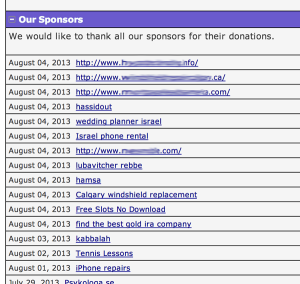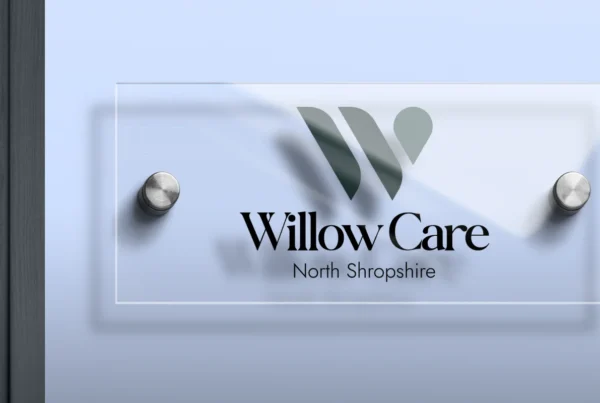The world of online marketing is a constantly moving one and in order to keep up to date requires time dedicated each week to read up on the latest news, trends and techniques. This sort of information is available by the truck load, blogs both personal and industry leading giving advice on how to best achieve the optimal search visibility.
The problem is the most readily available articles and guides are all to do with the latest thinking and how to keep ahead of the curve in terms of seo, what is rarely discussed are the techniques of days gone by that have for some reason hung around as so called “best practice”.
Digital marketing budgets are tight for most SME’s and the last thing anyone wants to do is spend budget on work that does not give the best return on investment. Unfortunately that is the case for a lot Irish businesses who are relying on their internal marketing person to keep their online marketing strategy on budget and cutting edge whilst managing their other day to day responsibilities.
This is rarely possible and if you take your eye off the ball it is more than likely that you are engaging in online tactics and techniques that are out of date and potentially harmful to your business.
This article is aimed at shining the light on some of the techniques that are still being touted as “the way” to rank higher in Google but are in reality far from it.
Directory Submissions
This first technique is probably the most harmful of them all, born back in the early 00’s when the quantity of links was all that mattered, submitting your website to a thousand directories for $50 was a great idea as it gave the influx of inbound links that Google originally rewarded with an improved ranking position. However this practice has been outdated for at least 6 or 7 years and can now be attributed as one of the key reasons website receive manual and automatic penalty actions from Google.
Warning signs to lookout for when scoping out a directory to submit to are:
- Ads – a directory that is covered with ads is not going to be impressing Google and is also likely to put off any real person from using
- Low quality / Non relevant listings – listings that are not categorised properly or listing that would be spammy in nature (e.g. pay day loans, slip and fall solicitors etc)
- Removal Charge – the directory actively promotes a listing removal service for which it charges (probably a sign that it’s a directory you would want to be removed from!)
It is hard to find directories that are really worth submitting your website to these days and are usually industry and niché related.

Link Exchanges
The next technique is the good old link exchange – “if you link all of your site to my sites and I will do the same” does not make sense as a tactic on a large scale. There can of course be a genuine business case for exchanging links between websites, especially those that provide local, complimentary services but the mass linking of your site to another, purely in exchange for a link back to your own site is going to reduce your quality and trust metrics.

source: http://moz.com/ugc/what-is-an-unnatural-link-an-in-depth-look-at-the-google-quality-guidelines
Footer Links
Footer links fall into the vast chasm that is onsite over optimisation.
- Rarely one of the first links on a page – footer links are usually the very last link to be crawled and followed by a robot, which means that a very small amount of link juice is likely to be passed from a link placed in the footer and the click through metrics are likely to be quite poor too.
- Long lists of internal pages – many webmaster abuse the footer section of their website by seeing it as an opportunity list keyword stuffed internal landing pages they have created for every service in every town and city they operate in. This is wrong for so many reasons it deserves it’s own blog post (coming soon…).

Keyword Density
So far we have discussed seo techniques that have worked in the past but keyword density was never really a true seo tactic but more of a seo myth. Some seo’s would have you believe that your content must achieve a magic keyword density % to ensure that Google can understand what your web page is about and the keywords you are trying to target.
This simply is not true and it is more than possible to get your page to rank for a keyword that does not feature once in your content by having relevant and quality external signals pointing to the page. That being said having your keyword mentioned a within your content naturally is good practice.
Now you know some of the seo practices to avoid, why not get your modern seo tactician hat on and go optimise like a pro while we whip up the next part of our extinct seo guide.
Need some help with your digital marketing plan? or executing that perfect link building campaign? You can find out more about SWOT Digital’s SEO Services.












